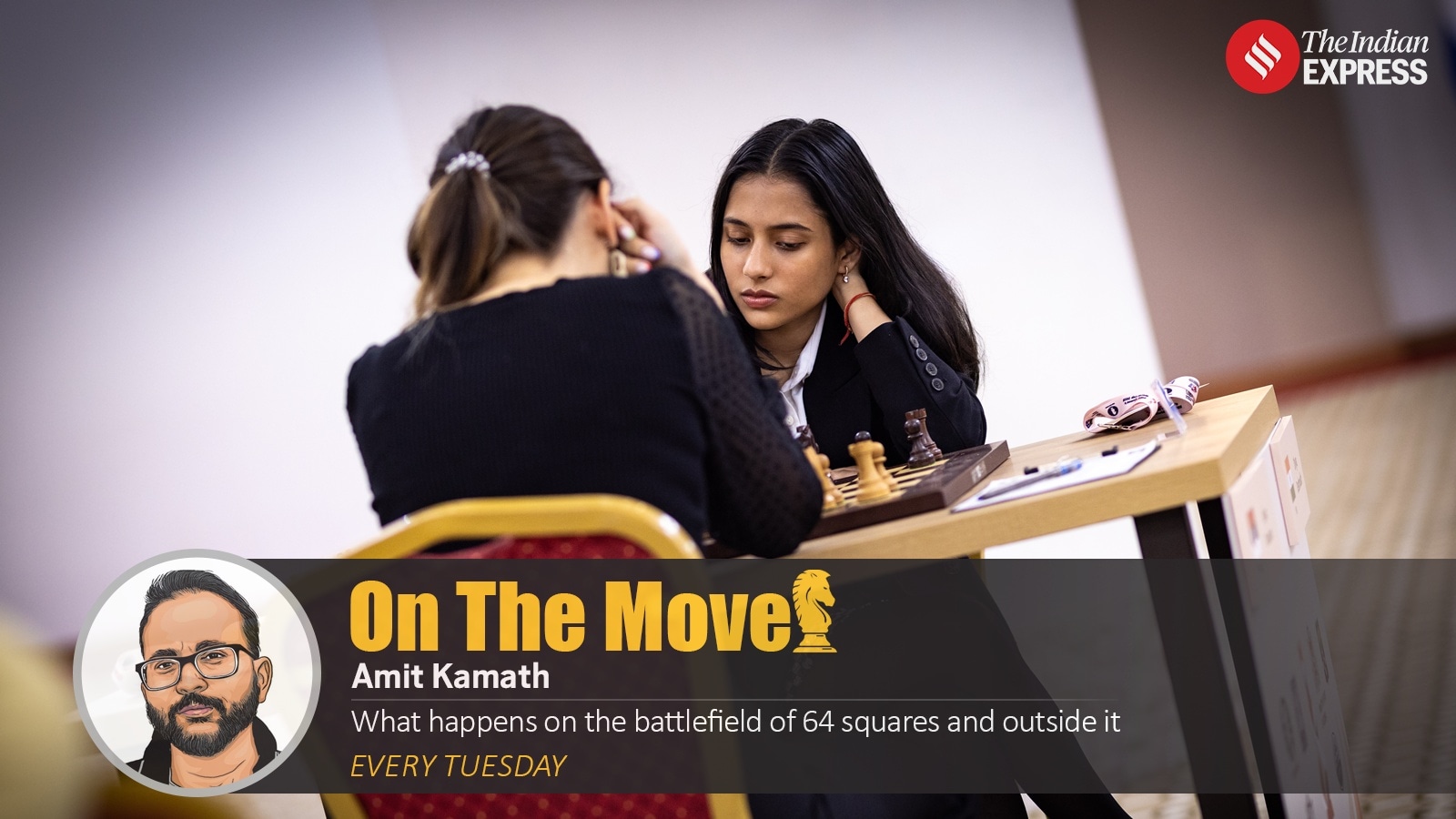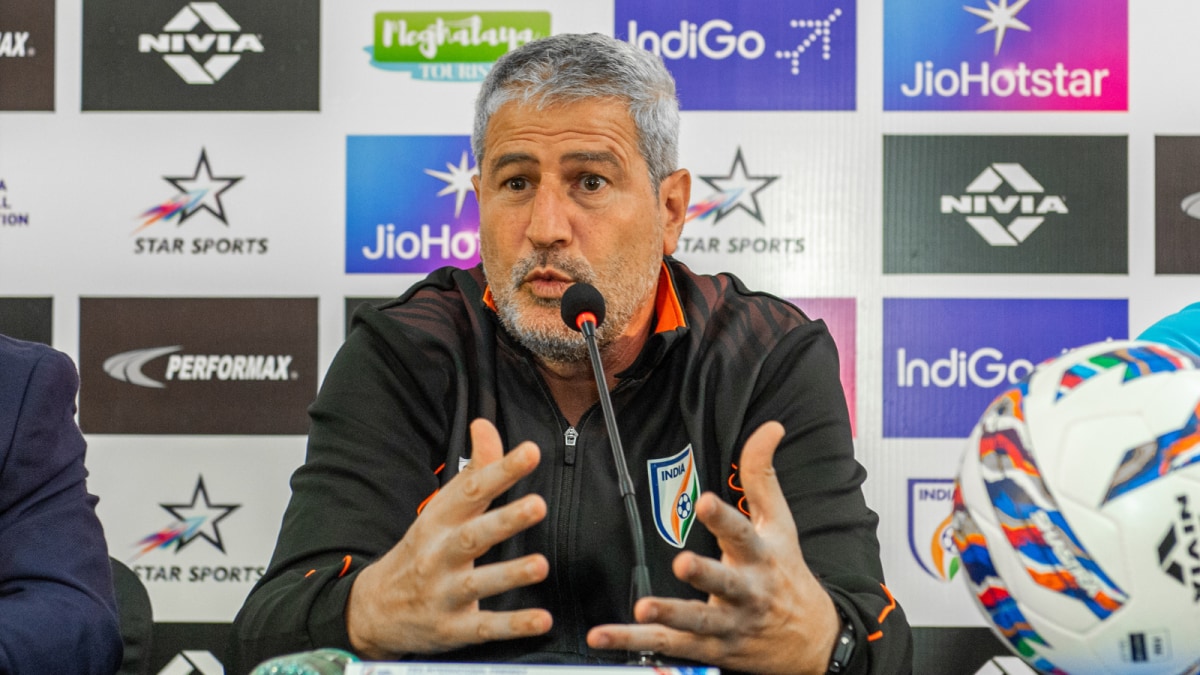ARTICLE AD BOX
Tired of near perfect shooting scores, and ‘penguin walks’ in high profile tournaments like the World Championships and Olympics in tightly wound together jackets raising eyebrows, the world body of shooting has proposed some radical changes. These intend to put the onus of technique back in the hands of shooters and their level of training, rather than the gear doing all the work for them.
The International Shooting Sport Federation (ISSF) has put forward these proposals after shooters started achieving the peak of scores possible in the sport. The proposal also hints at a rejig of the current world records, similar to how the sport of javelin underwent — and will start from the 2026 season, possibly to give manufacturers and shooters time to align with ISSF rules.
The ISSF, in a report tabled by Sporting Director Peter Underhill noted that the way the sport was being presented due to the clothing of athletes was being discussed at ‘the highest levels of IOC’. “Currently, athletes being unable to walk properly in their sports clothing and the whole image of our athletes encased in suits of iron risks bringing the sport into disrepute,” the ISSF said on the 2025 Rifle Clothing Workshop document.
If ratified, the change would be the biggest in the Olympic discipline since 2012 when the decimal point scoring system was introduced.
The chief area of change proposed by the ISSF is towards the rifle jacket. Modern jackets are made of two layers of canvas all over, with button holes and straps that tightly bind together the body of the shooter in an ideal position — and keep that position consistent over the period of a competition. This kind of clothing was leading to what Indian national team rifle coach Deepali Deshpande described as ‘technical doping’.
“They have not asked to reduce the thickness of the jacket. The new rules will have some effect on the back and shooter’s stability. The scores will no longer go as high as they do currently,” said Deshpande to the Indian Express. “As mentioned in the document, it’s currently like technical doping. The only issue is that changing gear will cost athletes money.”
Other than the issue of cost (the ISSF document mentions that current gear can be modified to adhere to these planned changes), the change in gear may likely upset the apple cart.
Story continues below this ad
Take the Indian case. A new generation of rifle shooters have emerged; domestic competition in India is as tough, if not tougher than the international stage. But the young lineup of shooters that have only known the double canvas gear, will now have to adjust to learning what the ideal state of their body should be during a competition – and then go through countless repetition cycles to fight for scores lower than what they usually expect. Those consistent 10.8s and 10.9s might be a relic of the past.
“A lot of the new shooters who have started with this kit will have a problem. They’ll have to work hard on their fitness. Earlier shooters were making it to the Indian team within two-three years. They will have to really work hard to maintain their spot,” said Deshpande, who is the coach of Paris Olympics bronze medallist Swapnil Kusale.
Rifles to be affected
Stiffer jackets allowed shooters to use heavier rifles, which allowed more stability, which in turn led to higher scores. But these new rules would lead to changes across the board. Shooters like Arjun Babuta and Rudrankksh Patil, who use lighter rifles, may have to adjust, while shooters with heavier rifles might have to go for newer equipment altogether.
“By default, these rifles are heavy and there really isn’t much that can be done in making them lighter. That way, it may be an expensive affair. Even rifle manufacturing companies will have to come up with something different,” said Deshpande.
Story continues below this ad
She also said that the old guard of Indian shooting might not be as affected. Anjum Moudgil, a former World Championship medallist and staple Olympian of the Indian shooting team continues to be one of the few shooters domestically who still wear a single canvas jacket.
For Moudgil, sticking to her single layered jacket came from a place of wanting to be the best in her discipline, without the help of a stiff jacket putting her in ideal spots. “I was never tempted to use double layered jackets because I knew it was the jacket that was helping athletes,” said Moudgil.
“Many coaches in the past have asked me to use these jackets but somewhere, being in this sport for so many years and not being dependent on the equipment but my body and my training, gave me a lot of confidence. I may not have shot high scores but I knew that I could be consistent. In warm weather the jacket can get loose but those factors don’t affect me like other shooters,” added the 31-year-old Olympian.
2016 Rio Olympic gold medallist Virginia Thrasher welcomed the change and said that the move would bring technical expertise and positional knowledge back to the forefront of the sport.
Story continues below this ad
“This will hopefully help athletes and coaches see the need for robust positions (rather than dangerous positions that shoot well). We will undoubtedly see changes in what a ‘good’ position is and those who are the most open to change will reap the rewards,” she said on her Instagram.



.png)
.png)
.png)


























 English (US) ·
English (US) ·